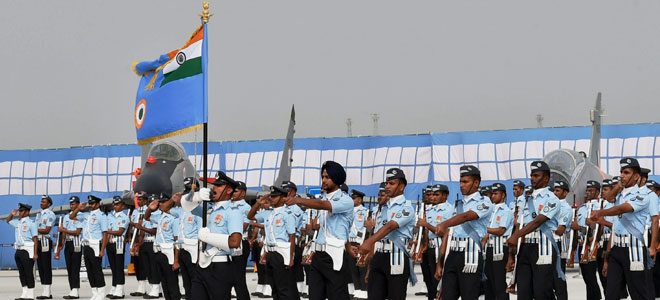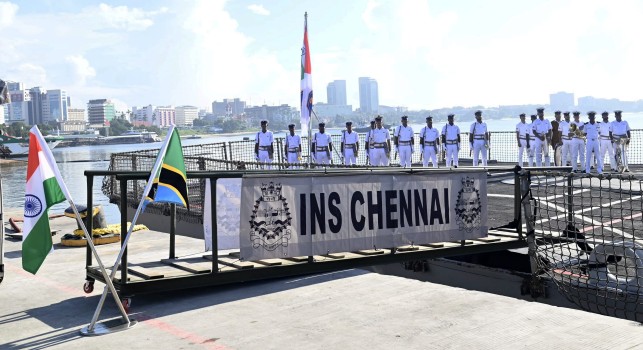
An unrelated file photo.
TOKYO (AP): Japan and the United States are revising their mutual defence guidelines for the first time in nearly two decades to respond to China's military expansion and increase Japan's role in regional defence.
An interim report released on Wednesday says the US and Japan are pursuing a wider partnership that requires "enhanced capabilities and greater shared responsibilities."
The revision, the first since 1997, comes at a time of heightened Japan-China tensions over islands claimed by both countries in the East China Sea, as well as continuing concern about North Korea's missile and nuclear weapons development.
"What we need to address today is quite different from what we were aiming for in 1997," Koji Kano, a Defence Ministry official in the Japan-US cooperation division, told reporters earlier this week. "The point is how Japan and the US can respond better in the current environment."
The revised guidelines will factor in policy changes under Prime Minister Shinzo Abe that enable Japan to shoulder more responsibility for its own and regional defence, and relieve some of America's military burden in the Asia-Pacific region.
China, ahead of the report's release, said it would closely watch the new guidelines and warned that they should not infringe on its interests.
"It should not go beyond its bilateral scope. It should not hurt the interest of a third party such as China," Chinese Foreign Ministry spokesman Hong Lei said at a regular news briefing in Beijing.
In July, in a historic shift in Japan's post World War II defence policy, Abe's Cabinet approved a new interpretation of Japan's pacifist constitution. The reinterpretation allows the military to defend the US and other allies under what is known as collective self-defence.
Japan also adopted defence guidelines last December that make southern island defence a priority, notably the Japanese-controlled disputed islands, which are called Senkaku in Japan and Diaoyu in China.
The interim report stresses the importance of "seamless" coordination between Japan and the US to ensure a swift response to a range of contingencies, including ones that fall short of an actual military attack.
Japan has raised concern in earlier reports about so-called gray zone incidents, such as Chinese fishermen occupying the disputed islands or a foreign submarine entering the waters around them.
 Previous Article
Previous Article Next Article
Next Article












The Indian Air Force, in its flight trials evaluation report submitted before the Defence Ministry l..
view articleAn insight into the Medium Multi-Role Combat Aircraft competition...
view articleSky enthusiasts can now spot the International Space Station (ISS) commanded by Indian-American astr..
view article